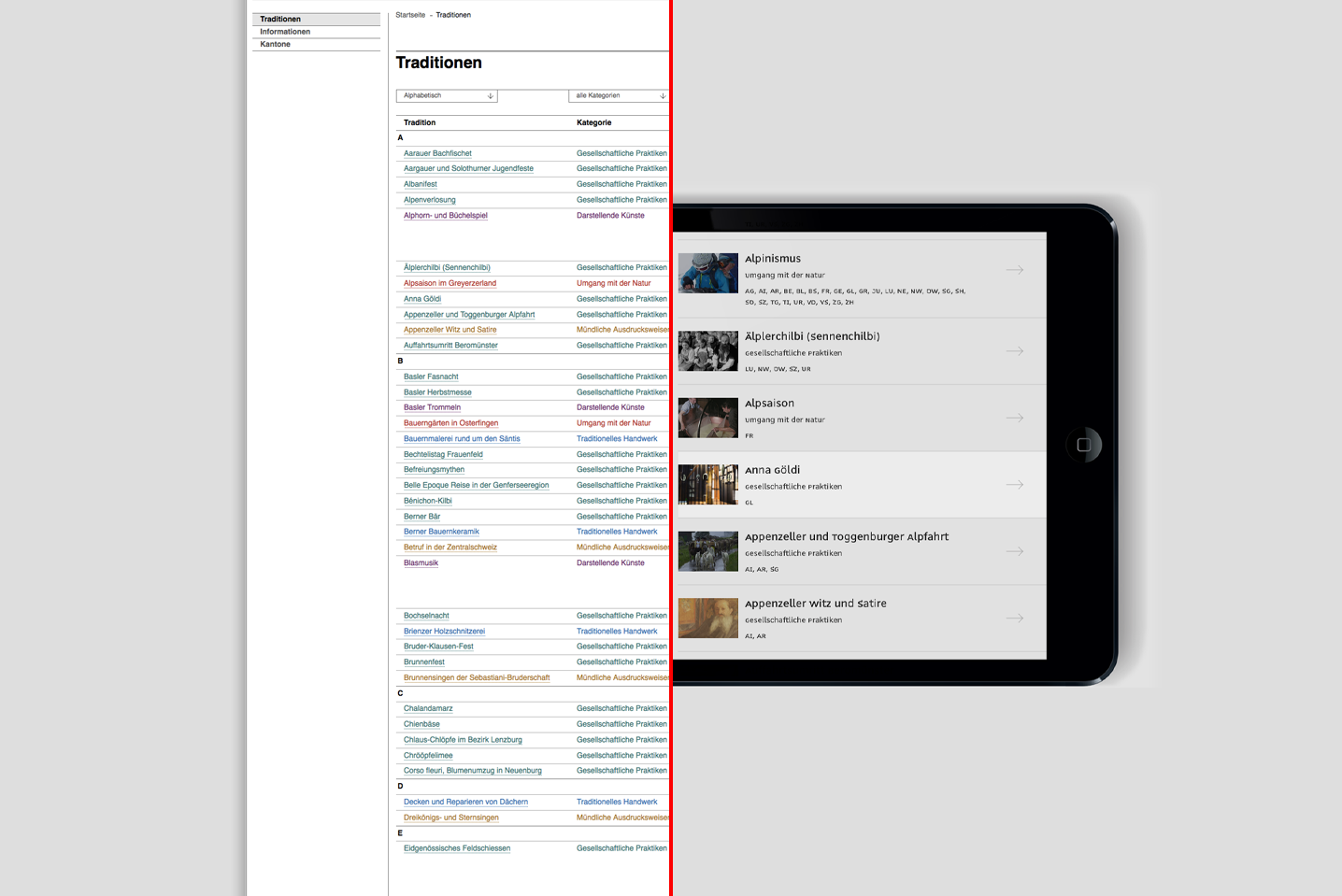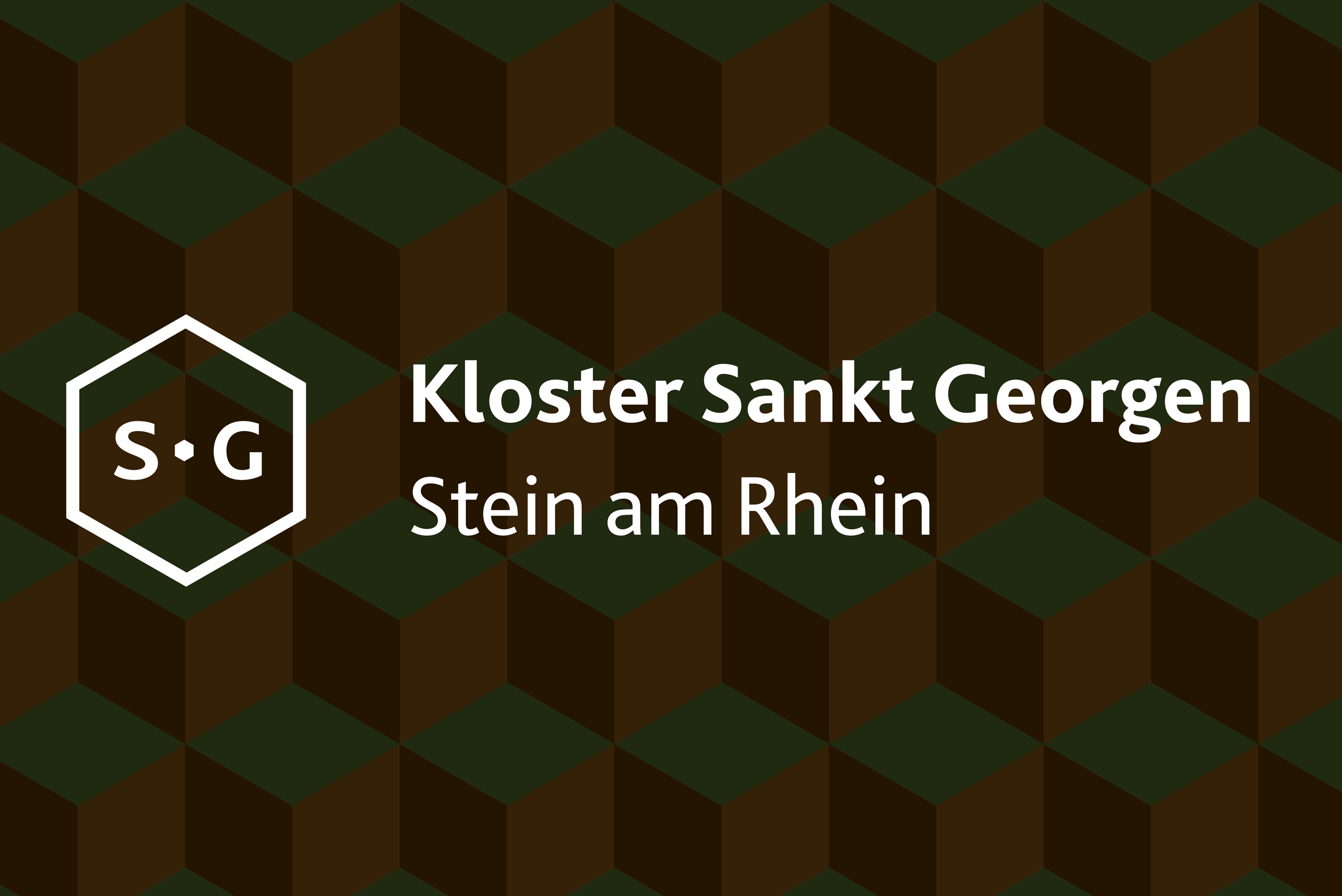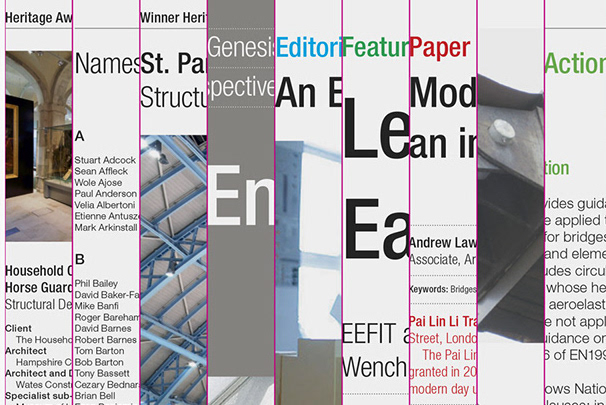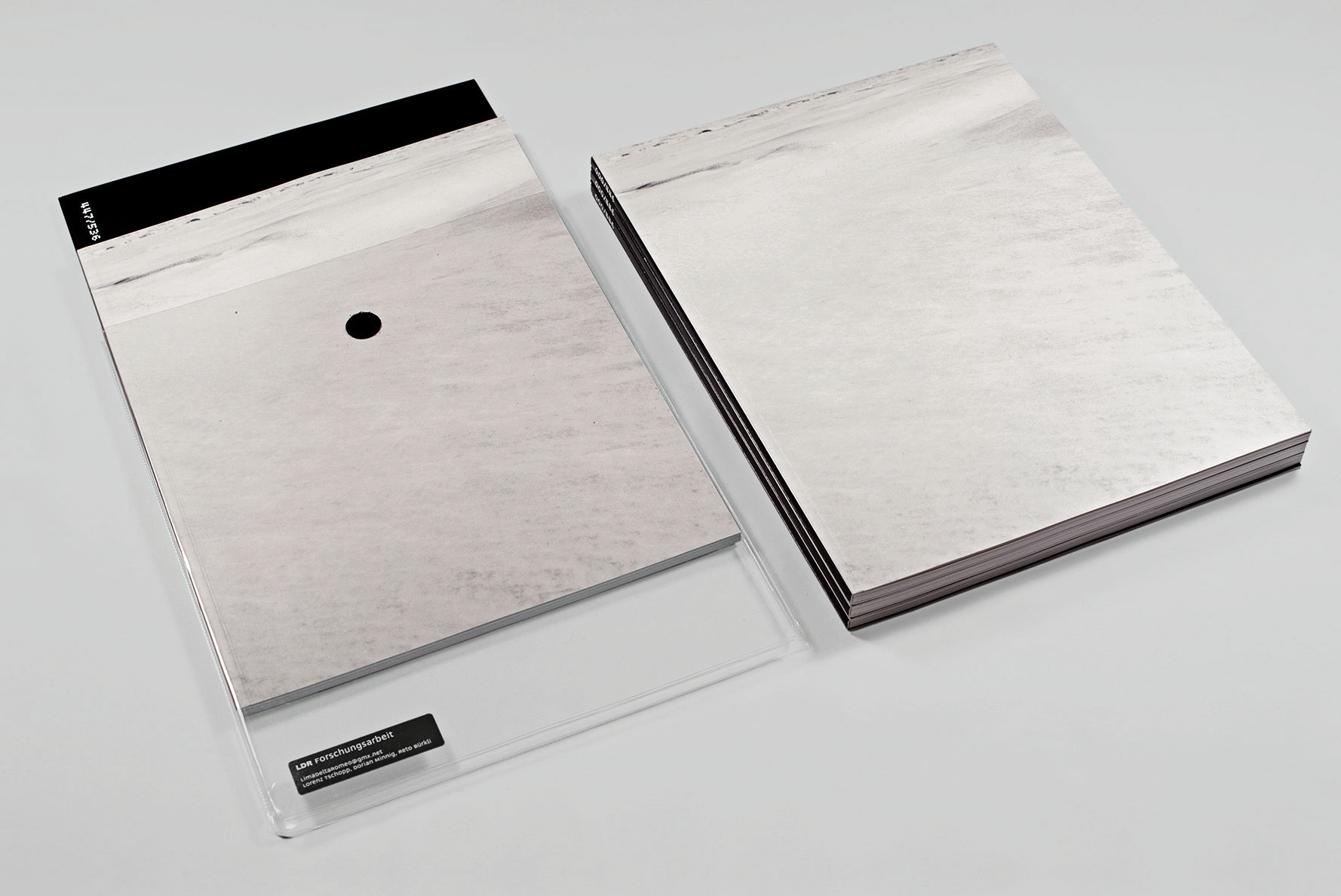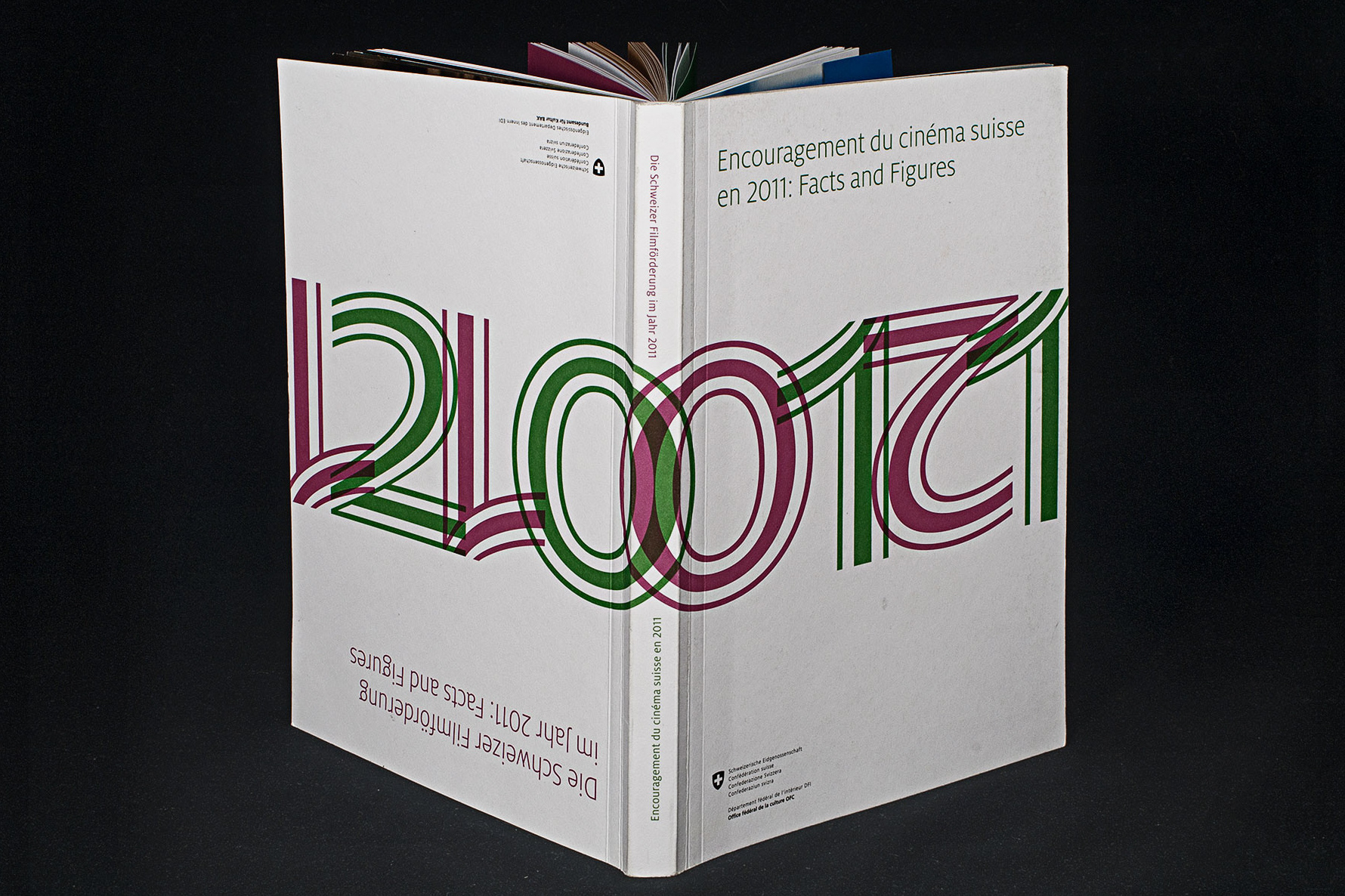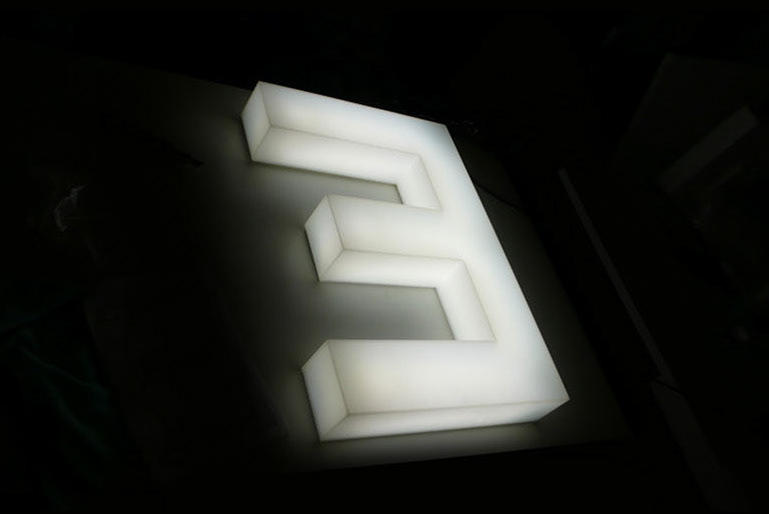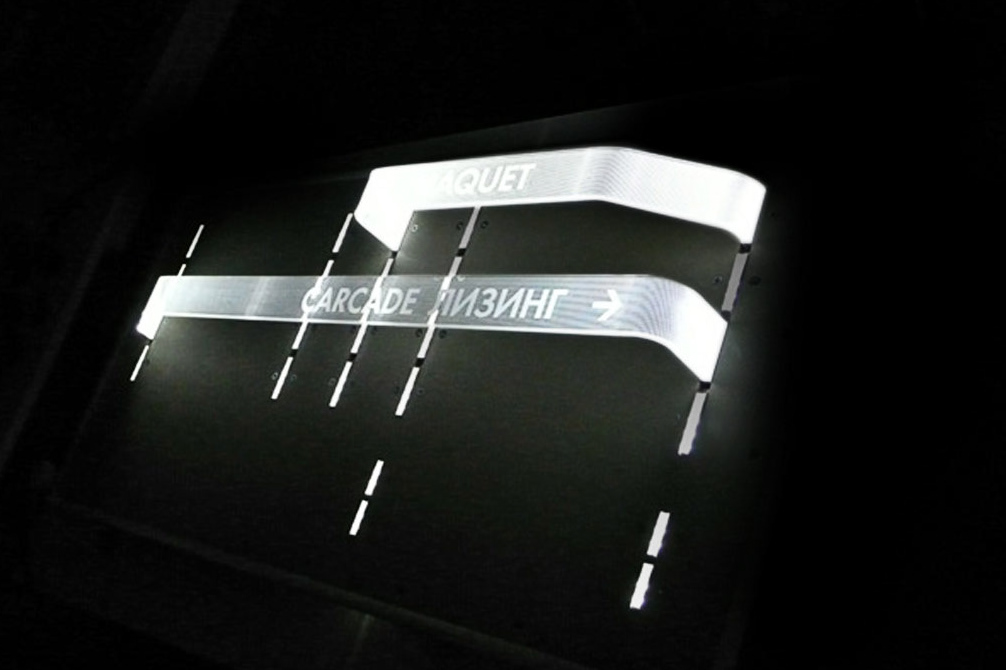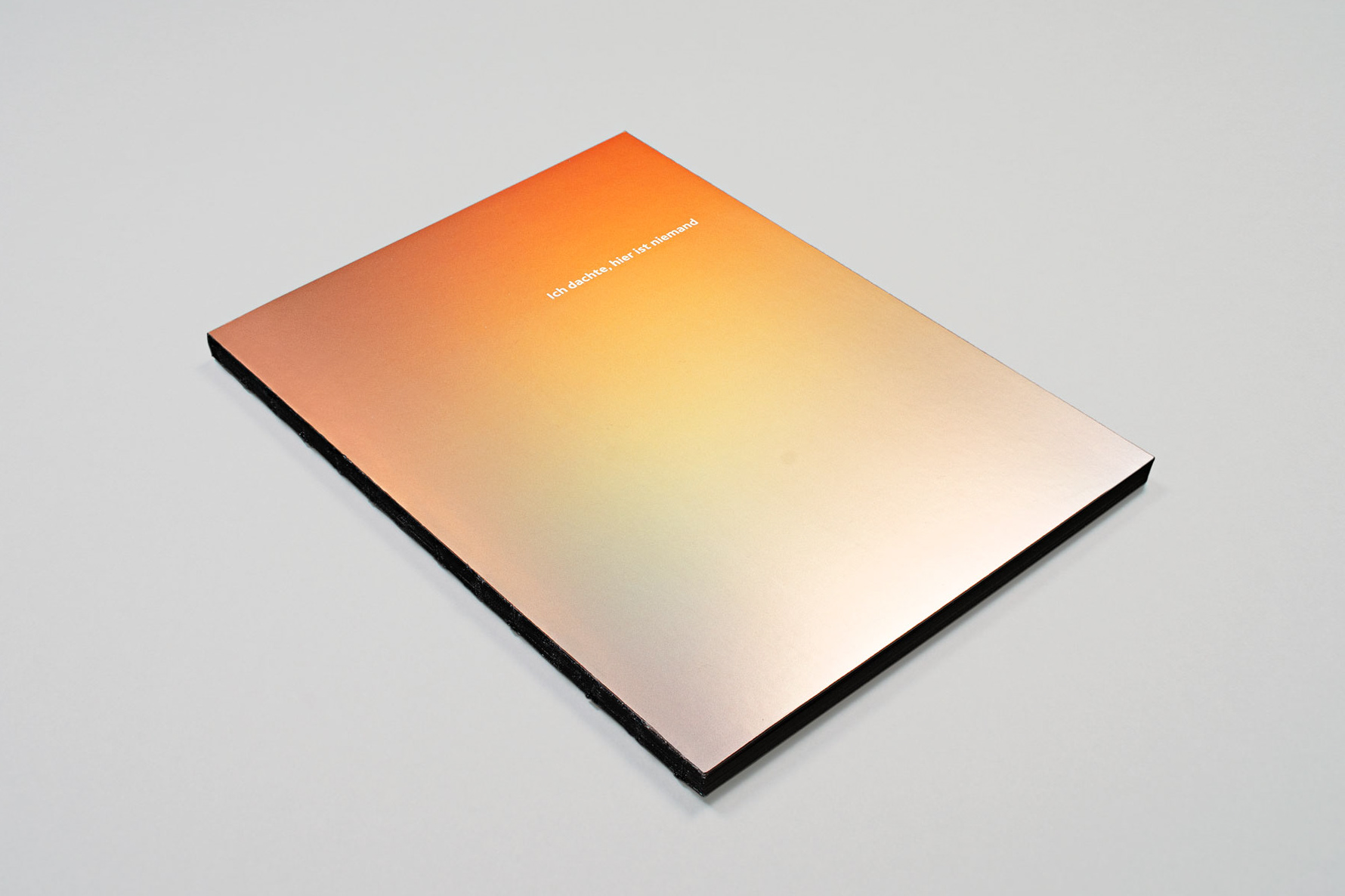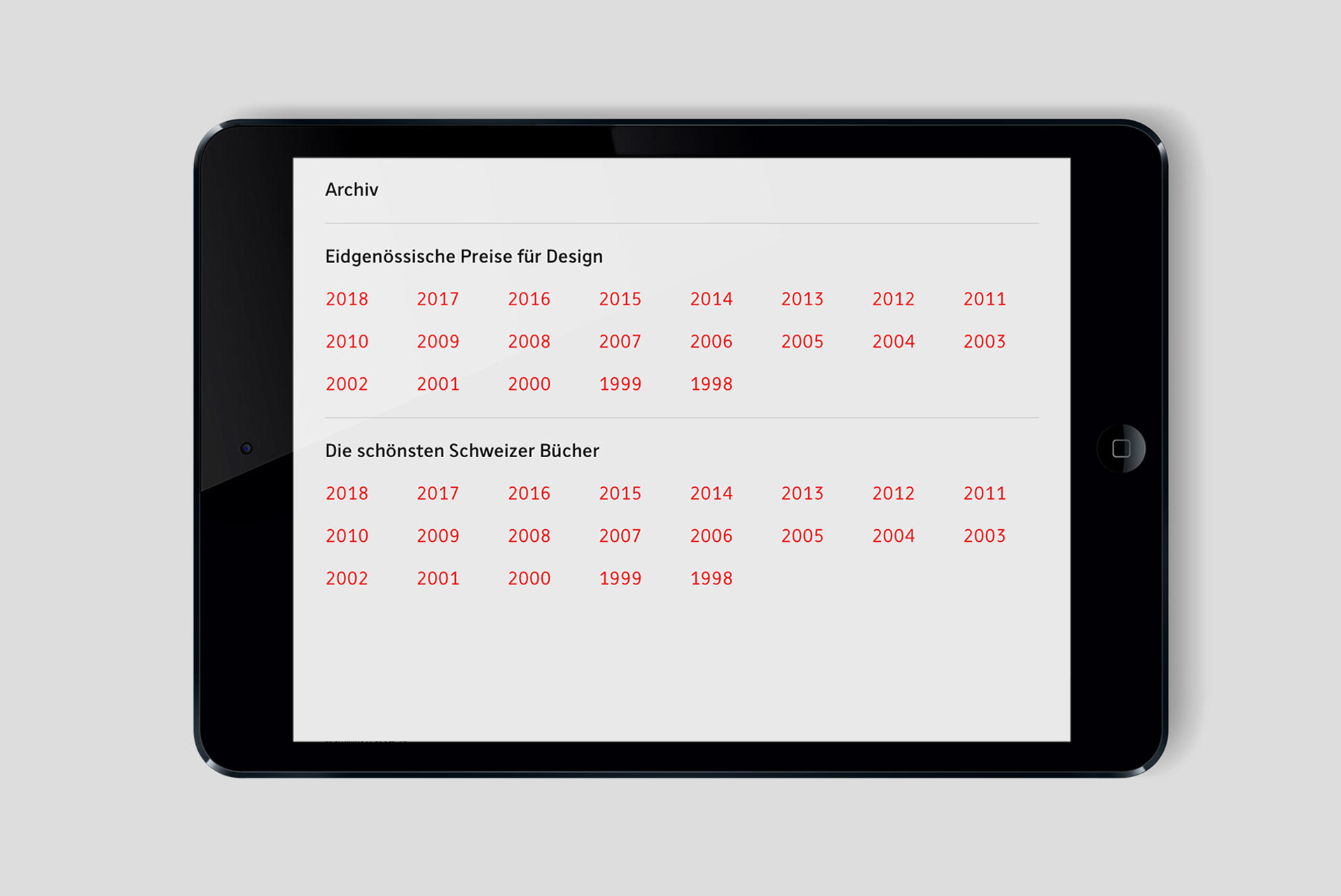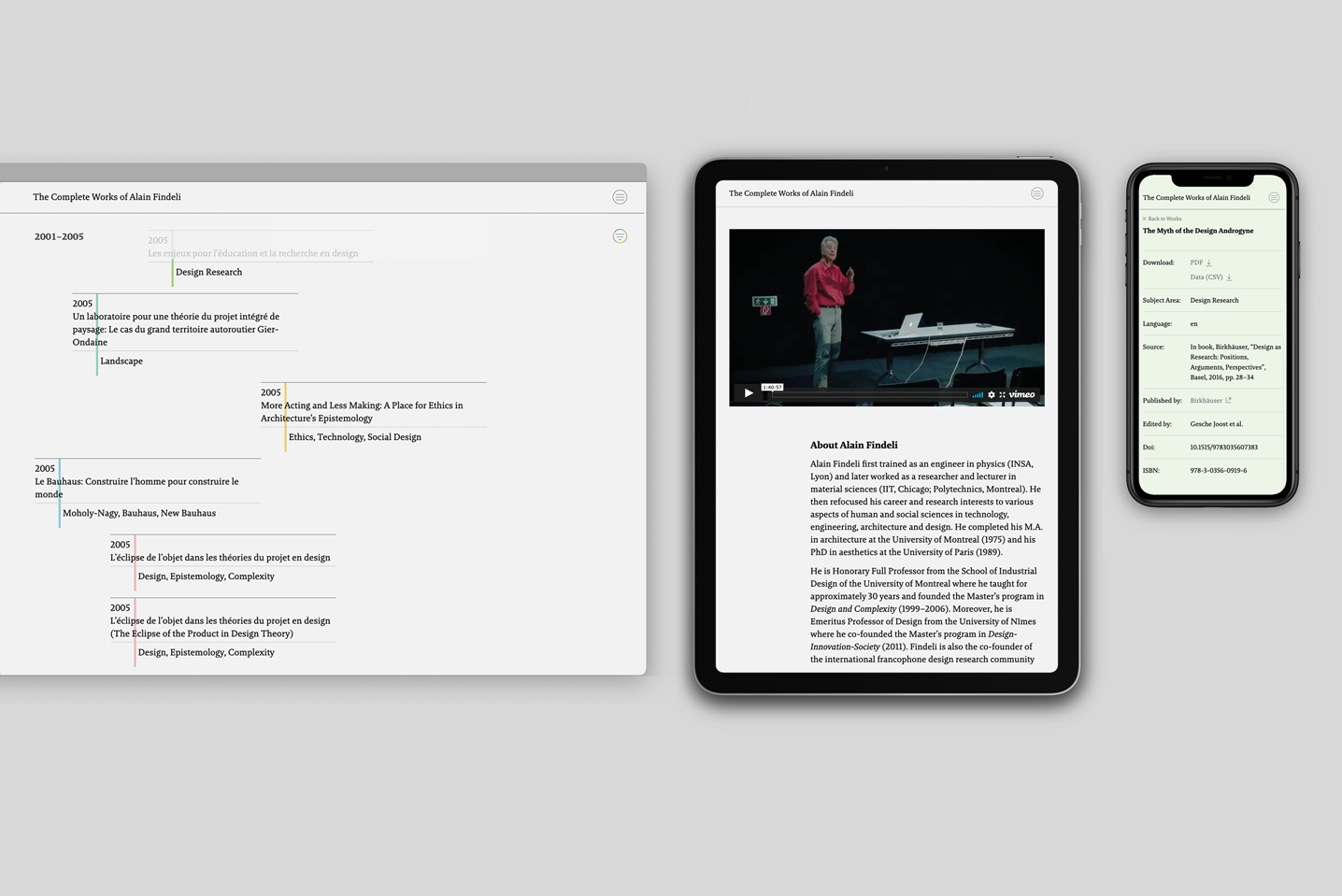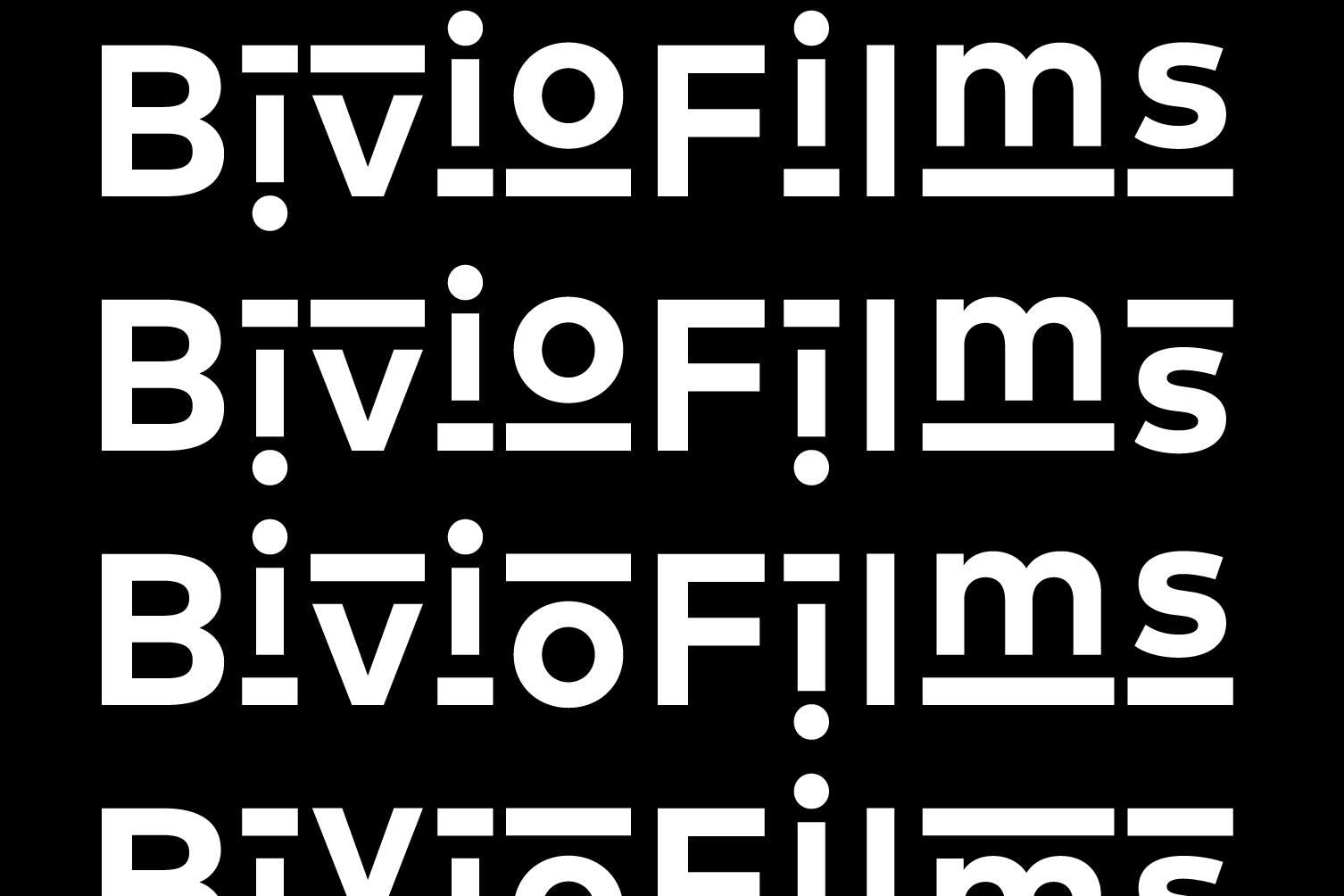Saint George’s Abbey is a heritage site located in Stein am Rhein, Switzerland at the confluence of the Lake Constance and the river Rhine. The former Benedictine abbey is excellently preserved and features outstanding cultural treasures.
A new permanent exhibition was developed as part of a wider upvaluation of the site. I was responsible for the graphic- information and interaction design of the permanent exhibition, the visual identity and for the signage.
The permanent exhibition is conceived as a series of four interventions throughout the site.
A place with a diverse and rich history
Although the site is architecturally an abbey, it was only used as such until its dissolution during the Reformation. Since then it experienced a multitude of usages. Over the course of its 1000 years of existence the abbey has become a place where many stories unfolded: It was used as the residence of the bailiff of Zurich, as a school, for harvesting silk or as the regional library or museum, just to name a few.
Light boxes are placed against an almost 1000-year old wall with touch screens placed in front of it. Every light box is associated with one story of the history of Saint George’s Abbey. On touch screen visitors can learn more about each story. On these the stories are presented in an eclectic mixture of text, images, film and motion graphics.
This first intervention is followed by an architectural model and isometric representation of the site to allow visitors to gain an overview of the entire site.
An outstanding cultural treasure
Saint George’s Abbey is most famous for the so-called Banquet Hall with its early-Renaissance paintings, which are considered to be unique north of the Alps. Due to their secular content the paintings remained untouched during the iconoclasm of the reformation. Rich in details the they allude to many political issues of the time of their creation.
The third intervention allows visitors for the first time to fully access the Banquet Hall and experience the wall paintings up-close while learning about their iconography.
The mediation shifts between the overall narrative of the different wall paintings and the high-lighting of specific details. The latter lets the visitors learn about the iconography of the painting and the represented stories. They are shown as close cut-outs. Thus to get the visitors to have a closer look at the wall paintings while looking out for the respective details.
Single elements and figures are lifted from their surrounding. Thus giving the visitors an incentive to look closer at the wall paintings.
The legend of Saint George
A wall projected animated film by Berlin-based film maker Agnieszka Kruczek tells the legend of Saint George, the patron saint of the ancient abbey, and the dragon. The film starts and ends with the completion of an almost vanished wall painting, dating from the middle ages, of Saint Georg killing the dragon.
Project development
The entire visitor experience was developed as a team effort
For the touch screens I was responsible for the development of the information architecture, the user interface design, motion graphics, the technical evaluation and oversaw the implementation.
To optimise the user experience the development process was accompanied by frequent user testing. Further refinement took place after the installation based on of user-feedback.
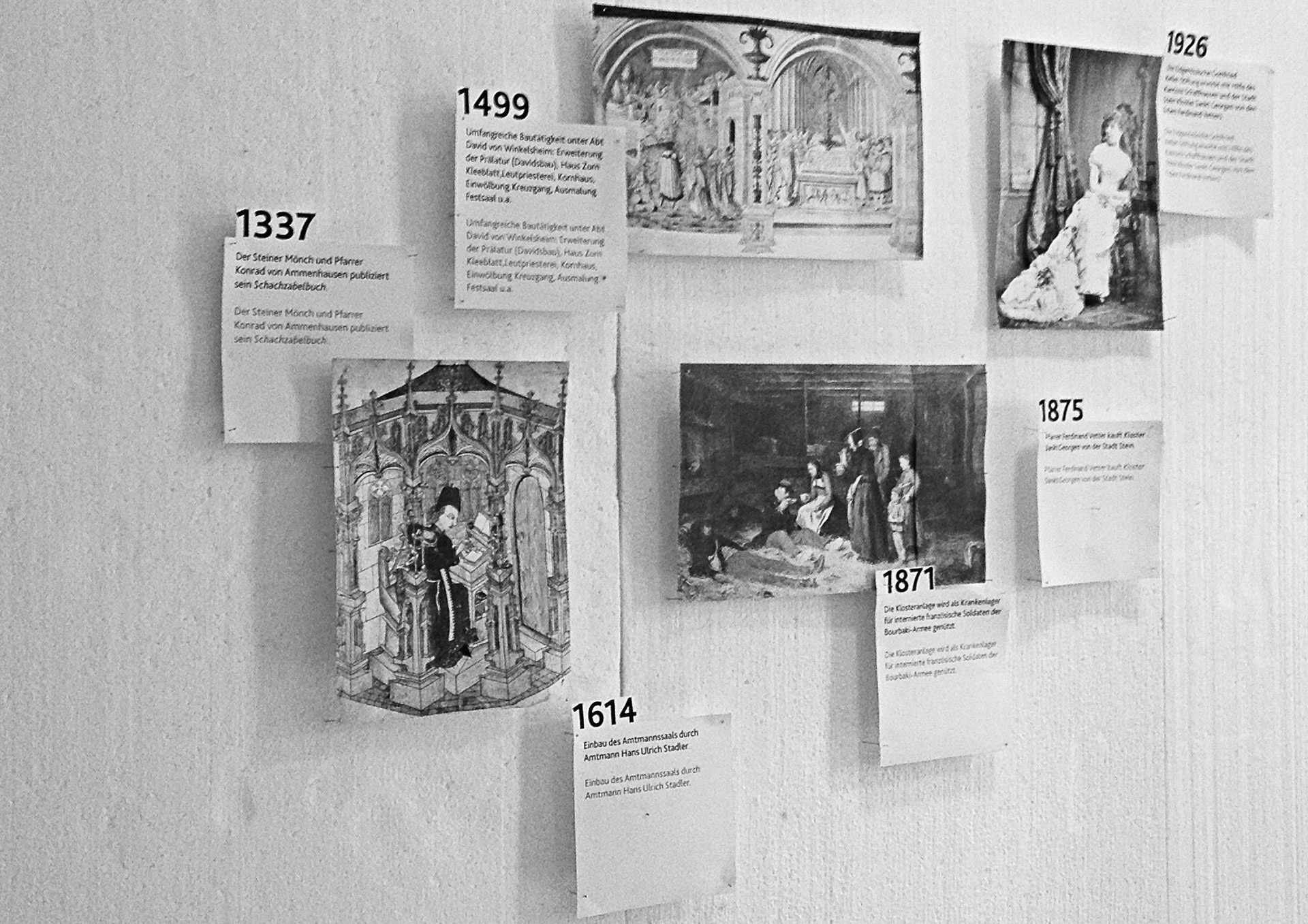

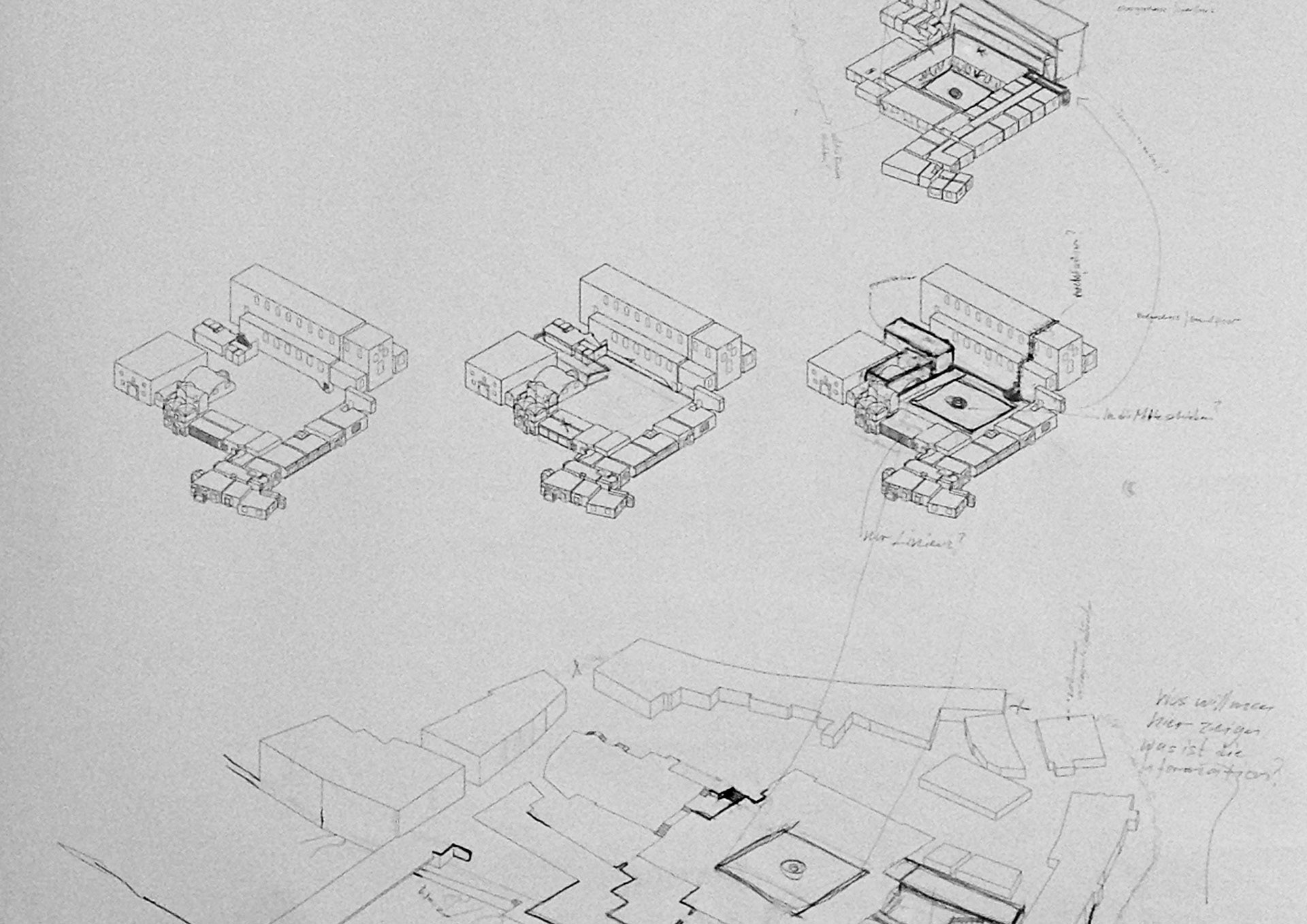
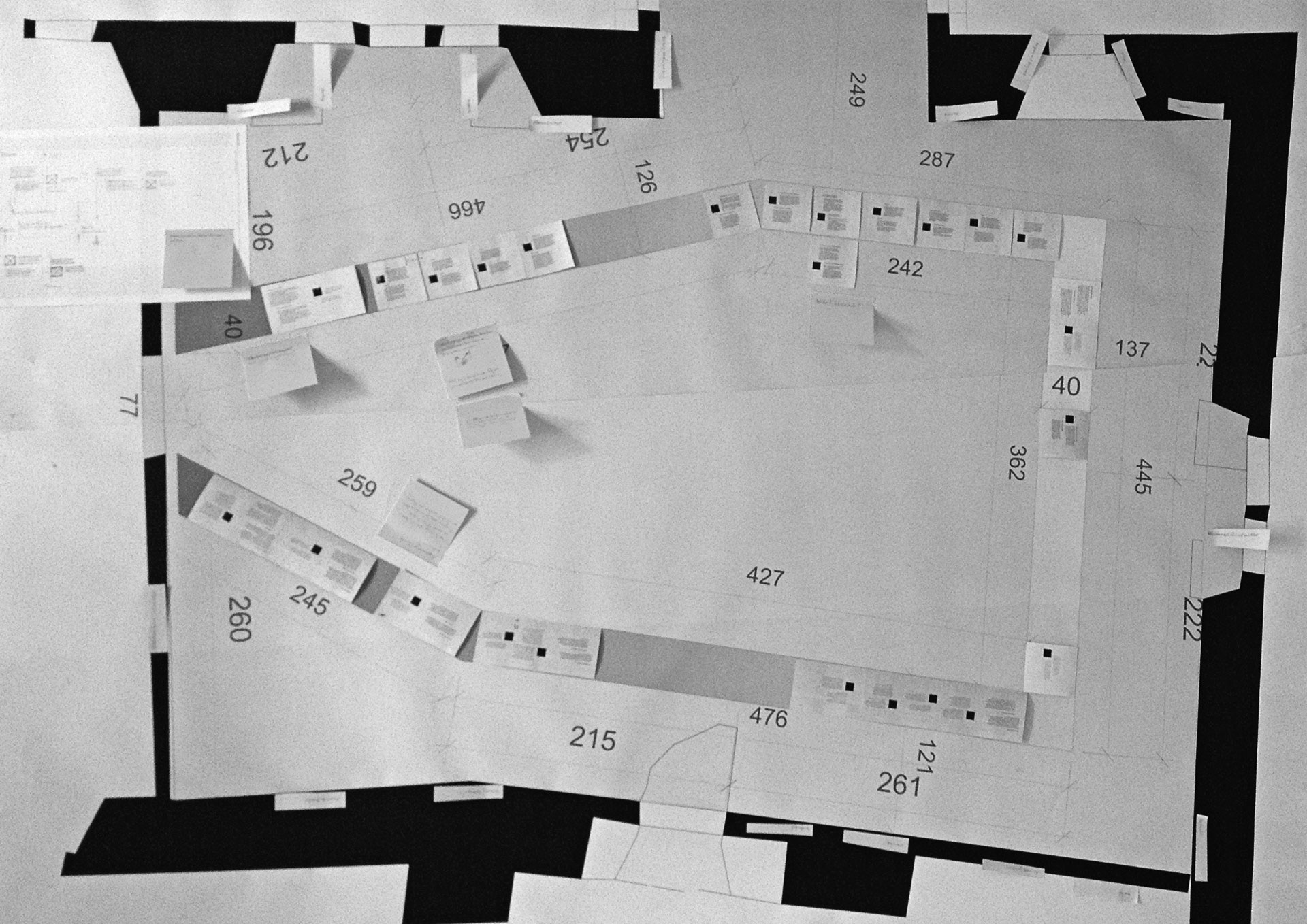
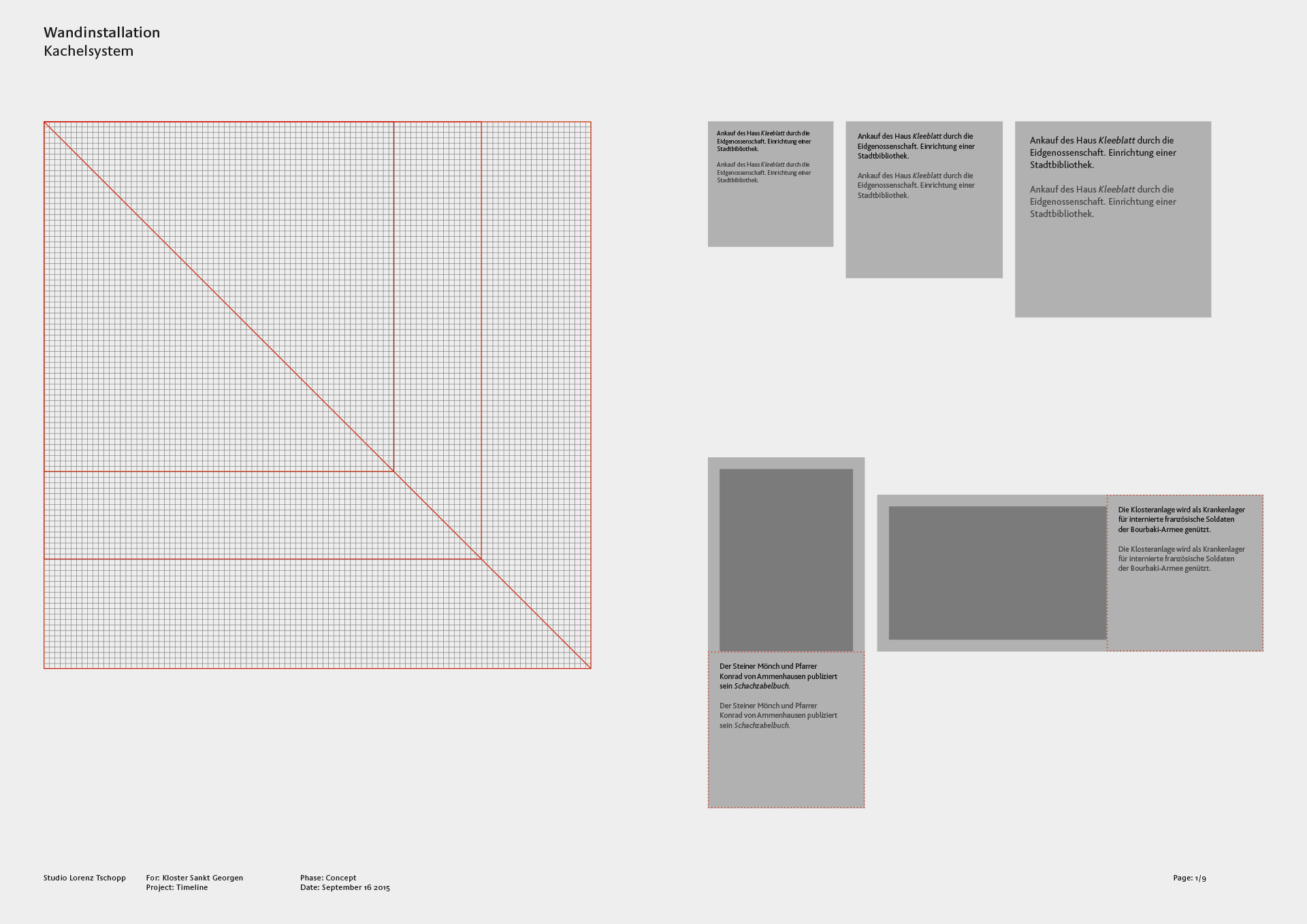
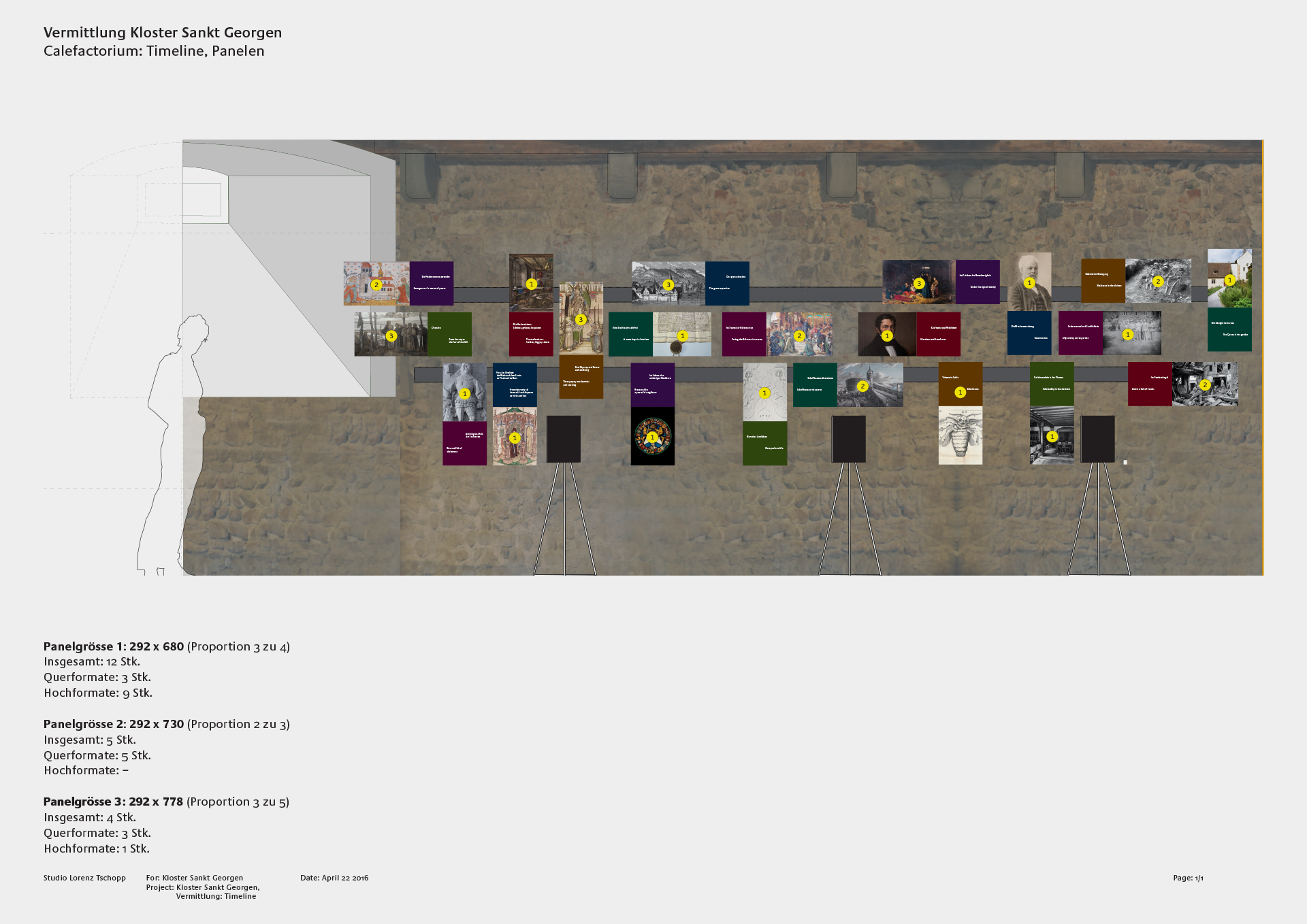
Extracts from the design development: Storyboards, information placement, specifications.
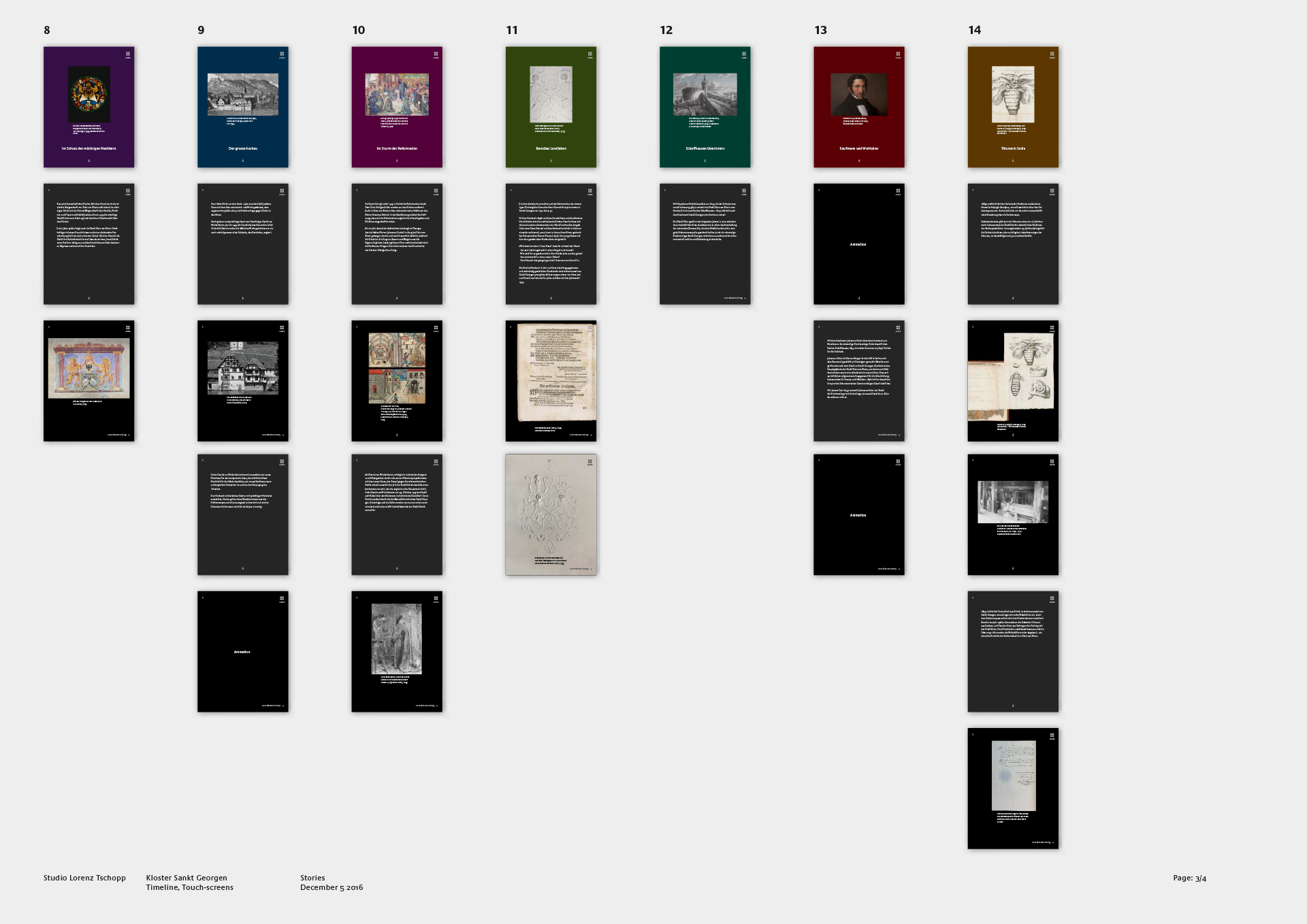
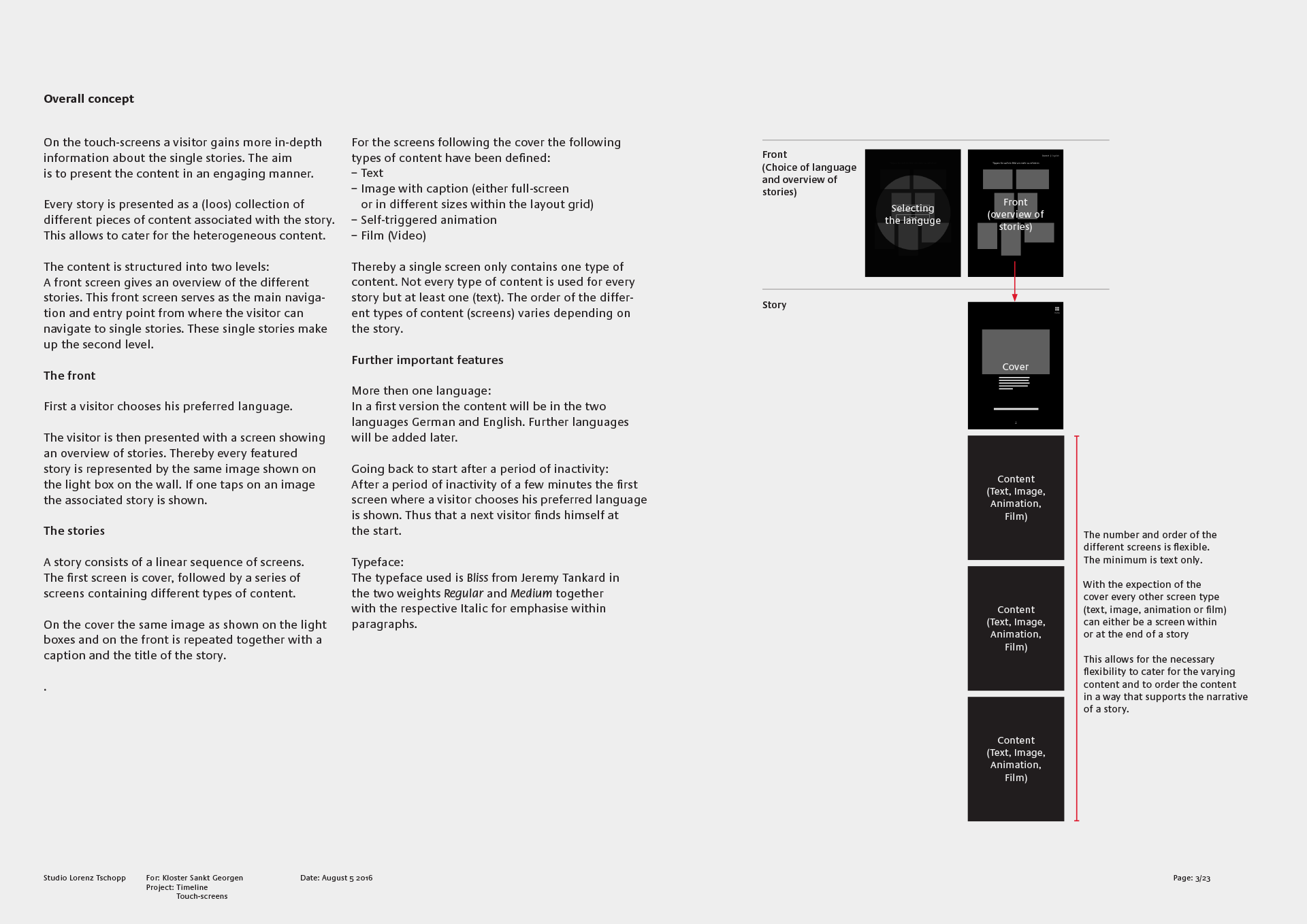

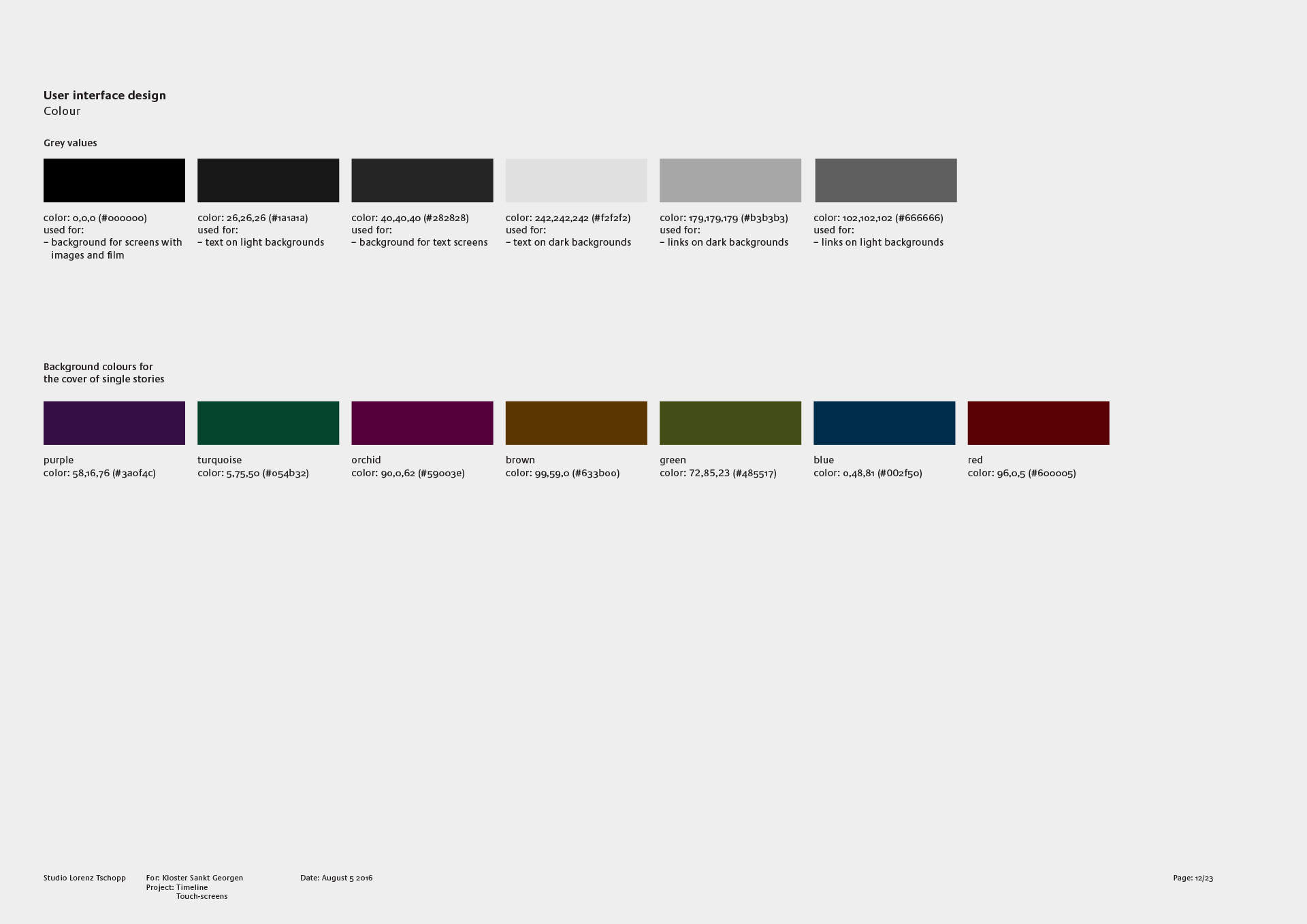

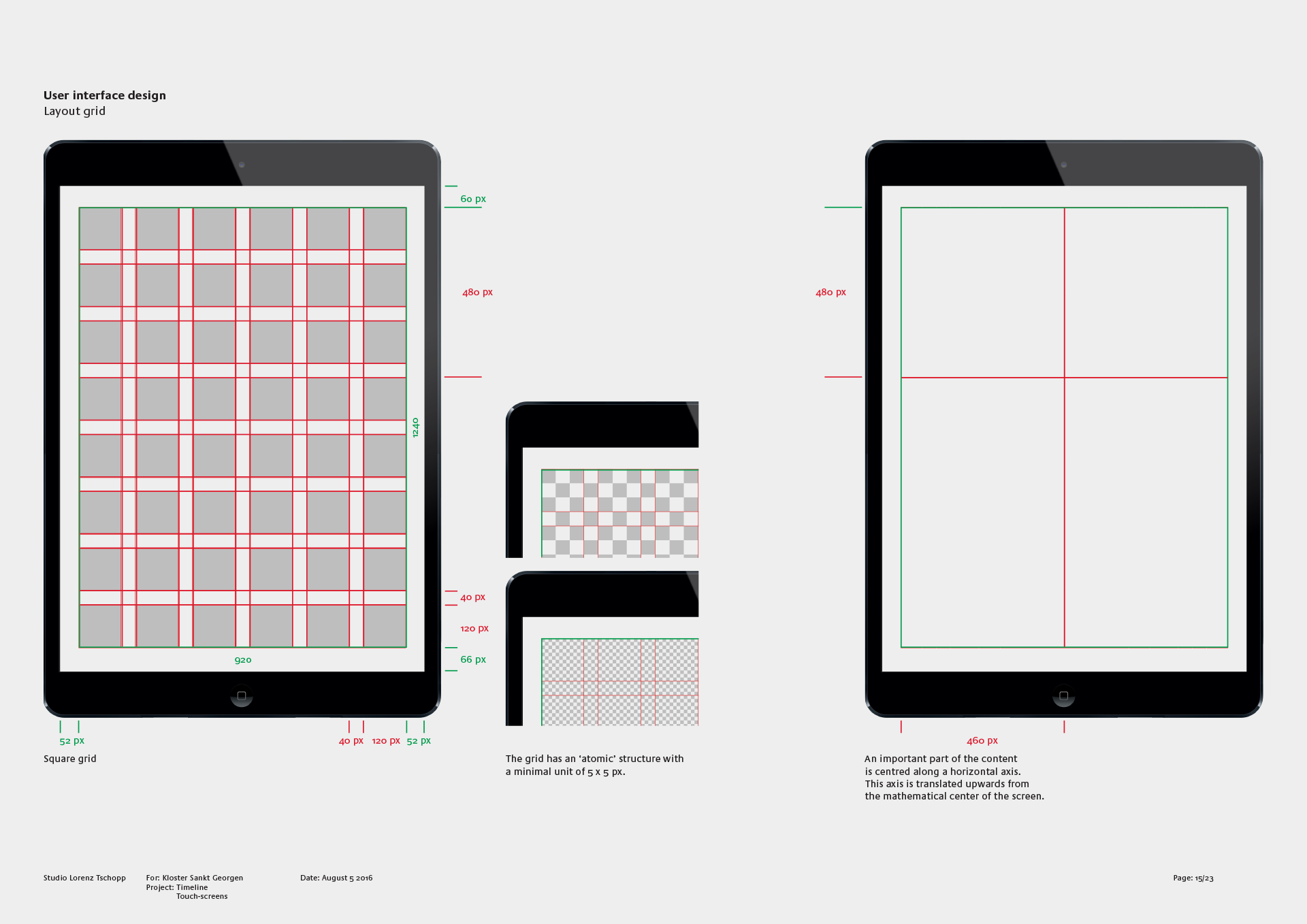
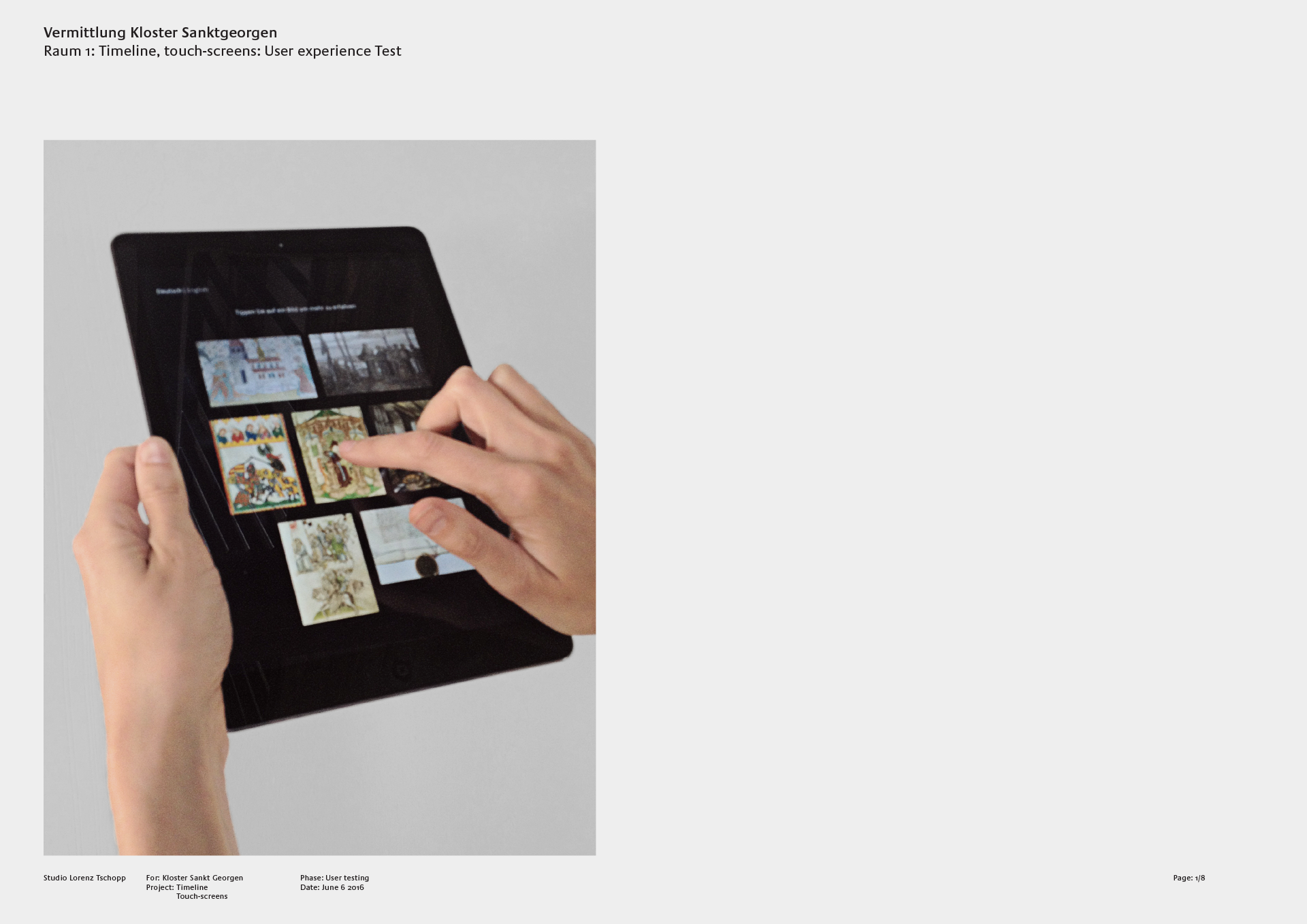
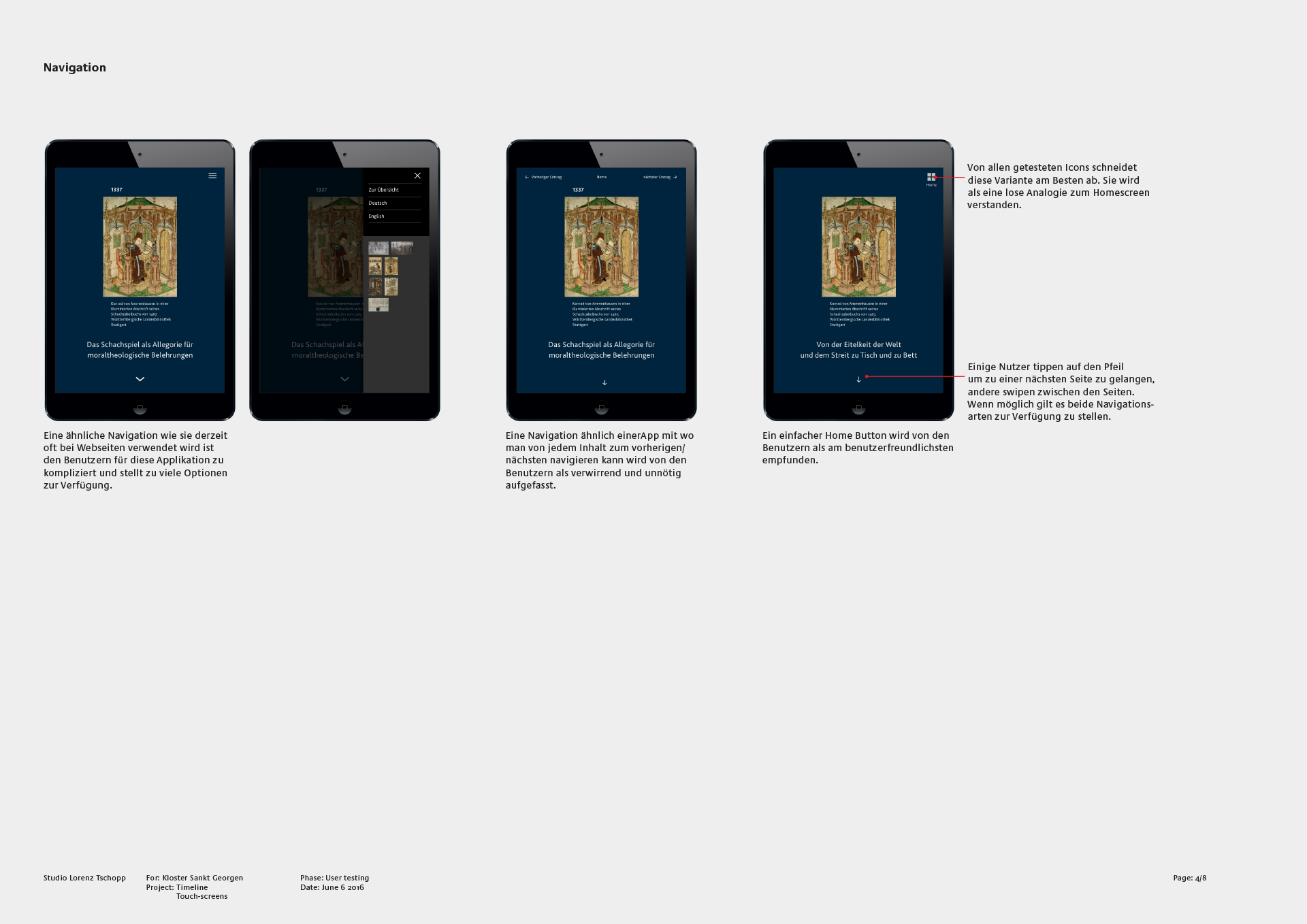
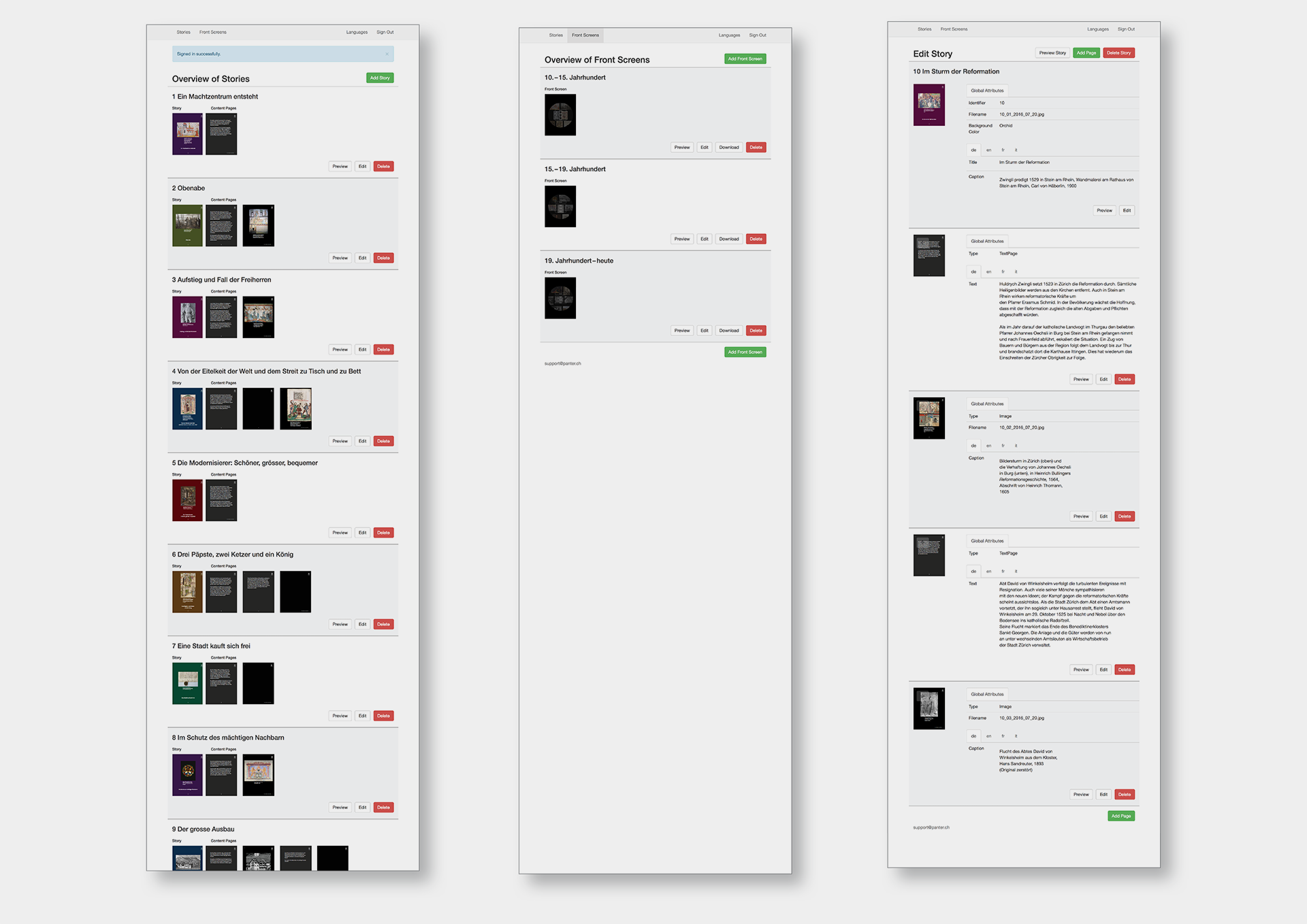
Extracts from the final storyboard, user interface design guidelines, user testing documentation and the documentation of the custom back-end.
Client
Swiss Federal Office of Culture, estate of the Gottfried Keller Stiftung
Scope of work
Exhibition graphics
Concept & design timeline (with Holzer Kobler Architekturen)
Animations
Interaction- and user interface design
Concept & design timeline (with Holzer Kobler Architekturen)
Animations
Interaction- and user interface design
Curator: Andreas Münch
Scenography : Holzer Kobler Architekturen
Animated film The legend of Saint George: ghostart Agnieszka Kruczek
Engineering and furniture manufacturing: Girsberger
Model making: Modellbau Zaborowsky GmbH
Coding touch-screen application: Panter
Scenography : Holzer Kobler Architekturen
Animated film The legend of Saint George: ghostart Agnieszka Kruczek
Engineering and furniture manufacturing: Girsberger
Model making: Modellbau Zaborowsky GmbH
Coding touch-screen application: Panter
